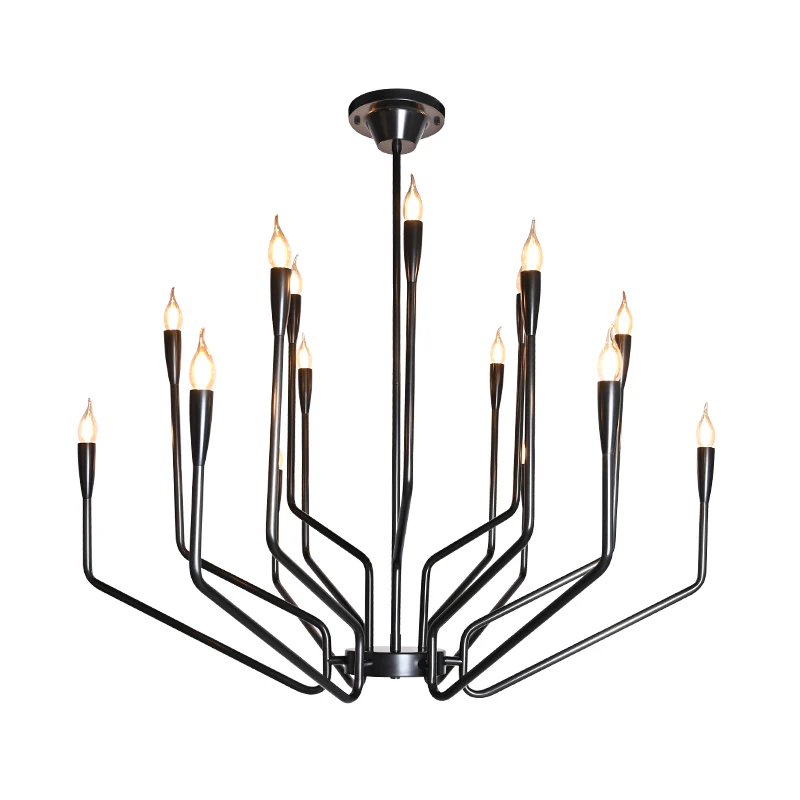Maximizing Savings and Efficiency with Energy-Efficient Bulbs
Maximizing Savings and Efficiency with Energy-Efficient Bulbs
In today's fast-paced world, where energy consumption is a significant concern for both environmental and economic reasons, choosing the right lighting is more important than ever. One of the best solutions available is energy-efficient bulbs. This article explores their benefits, usage, and how they can transform your home or office lighting while saving you money.
Understanding Energy-Efficient Bulbs
Energy-efficient bulbs come in several forms, including CFLs (Compact Fluorescent Lamps), LEDs (Light Emitting Diodes), and halogen bulbs. Each type has its quirks, advantages, and optimal usage contexts. This variety ensures that there is a suitable option for every lighting need, from ambient to task lighting.
Why Choose Energy-Efficient Bulbs?
Choosing energy-efficient bulbs has several advantages:
- Cost Savings: Energy-efficient bulbs use up to 80% less energy than traditional incandescent bulbs. This significant reduction in usage translates to lower energy bills.
- Longer Lifespan: Most energy-efficient bulbs last significantly longer than their incandescent counterparts, with LEDs lasting up to 25,000 hours.
- Environmental Benefits: By using less energy, these bulbs help reduce carbon emissions, contributing to a healthier planet.
- Variety and Versatility: With various designs and color temperatures, you're sure to find an energy-efficient bulb that meets your aesthetic needs.
- Instant Brightness: Modern LED bulbs and halogen bulbs provide immediate brightness without the warm-up time that old CFLs required.
Table 1: Comparison of Different Types of Energy-Efficient Bulbs
| Type | Energy Use | Average Lifespan | Light Quality |
| CFL | 13-15 watts | 7,000 hours | Soft white |
| LED | 8-12 watts | 25,000 hours | Brighter, varies |
| Halogen | 30-50 watts | 2,000 hours | Bright, crisp |
How to Choose the Right Energy-Efficient Bulb
When selecting energy-efficient bulbs, consider the following:
- Base Type: Ensure the bulb fits the fixture you intend to use.
- Wattage Equivalent: Look for bulbs that provide sufficient brightness, often indicated as wattage equivalents (e.g., a 10-watt LED can replace a 60-watt incandescent).
- Color Temperature: Choose the right mood; warm white for cozy settings or cool white for more task-oriented areas.
- Dimming Capability: If you want adjustable lighting, ensure the bulb is compatible with dimmer switches.
Top Brands for Energy-Efficient Bulbs
Several brands have garnered a reputation for producing high-quality, energy-efficient lighting:
- GE Lighting: Known for a wide range of high-performance bulbs.
- Philips: Offers a comprehensive line of LEDs and smart bulbs.
- Cree: Renowned for innovation in the LED space.
- Osram: A brand with a long history in lighting, offering reliable energy-efficient options.

Installation Tips
Installing energy-efficient bulbs can be easy, but here are some tips to ensure safety and effectiveness:
- Make sure the fixture is turned off before replacing bulbs.
- Use gloves to handle CFLs and LEDs because oils from your skin can damage the bulb.
- Ensure the correct wattage is used in fixtures to avoid overheating.
- Recycle old bulbs properly, especially CFLs, which contain small amounts of mercury.
Addressing Common Concerns
Some consumers still hesitate to switch to energy-efficient bulbs. Here are answers to common concerns:
- Are they worth the investment? Absolutely! Although the upfront cost can be higher than incandescent bulbs, the savings on your electricity bill and the longevity of the bulbs lead to substantial savings over time.
- Do they offer adequate lighting? Yes, energy-efficient bulbs provide excellent light quality and brightness that can match or exceed traditional bulbs.
- Are they safe? When handled and installed correctly, energy-efficient bulbs are safe for home use.
Conclusion
In summary, switching to energy-efficient bulbs can greatly enhance your home's lighting while reducing energy costs and environmental impacts. Understanding the different types of bulbs, choosing the right one, and following installation tips can help you maximize your investment. By incorporating energy-efficient lighting into your life, you're not just saving money; you're also contributing to a sustainable future.
Remember: When purchasing new bulbs, consider both the energy consumed and the light quality provided. Choose a trusted brand and understand your specific lighting needs to reap the maximum benefits. By making informed choices, you can enjoy the perfect balance of efficiency, cost-effectiveness, and ambiance in your home or office.
